-
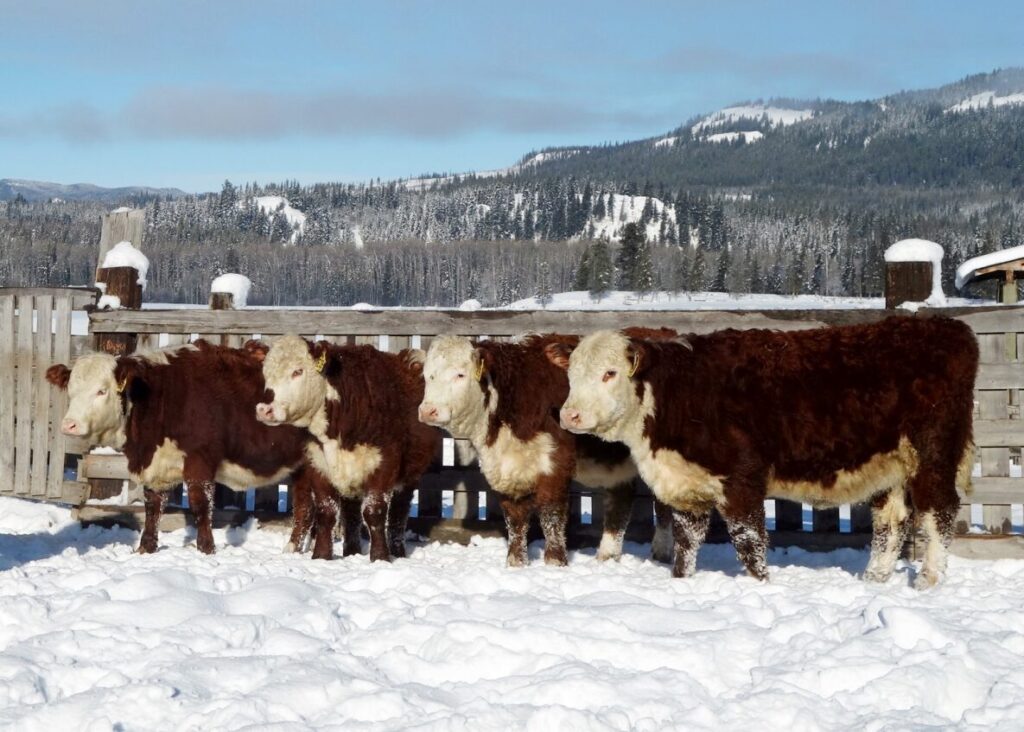
April 23, 2025Selecting Replacement Heifers: Boosting Longevity and Return on Investment Effective replacement heifer management requires a balance of careful...
Keep Reading -
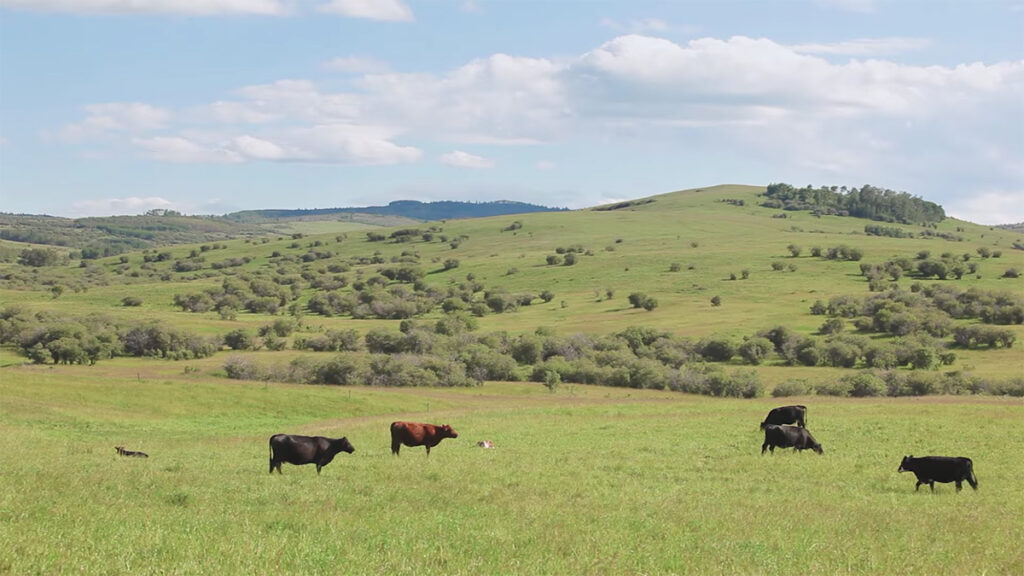
April 9, 2024How to Rebound from High Open Rates🎙️ High cattle open rates recorded in areas across Western Canada last year mean affected beef producers...
Keep Reading -
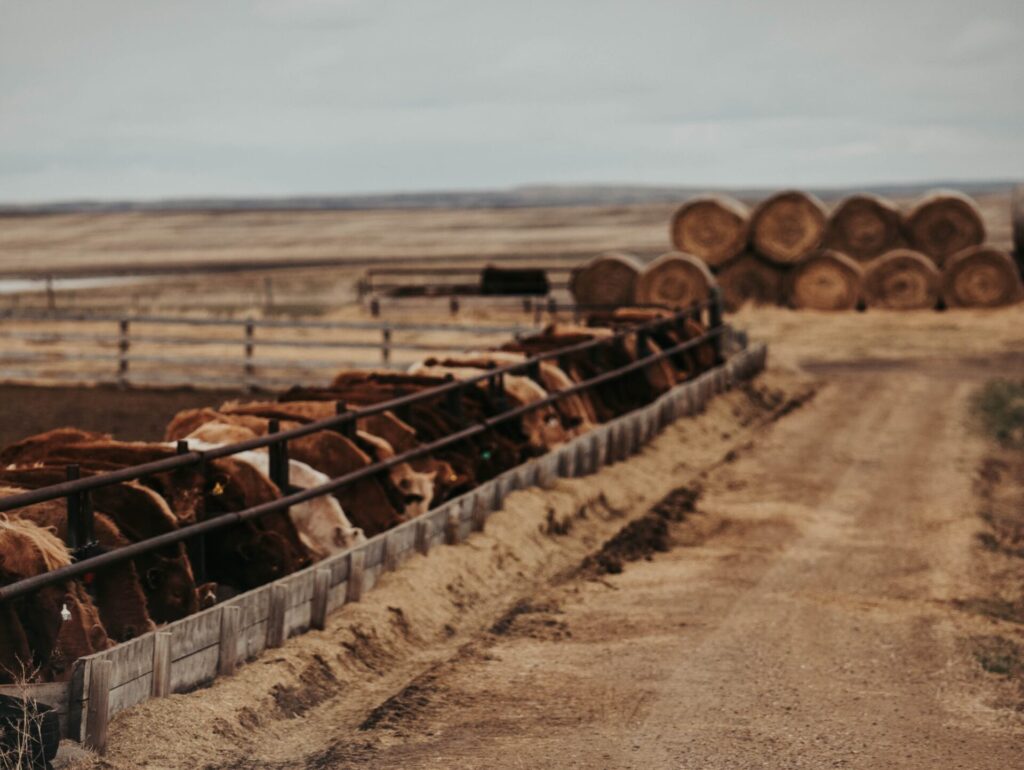
October 19, 2023Key Takeaways from the Nutrition Webinar Series for the Winter-Feeding Season A summary of the 2022-23 nutrition management webinar series covering...
Keep Reading -
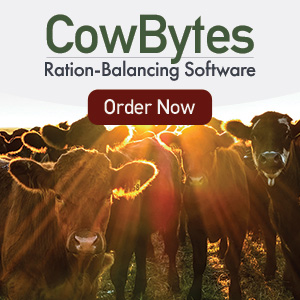
August 9, 2023CowBytes Ration-Balancing Software Now Available Through the BCRC Producers can formulate feed rations and consider feed and byproducts at different...
Keep Reading -
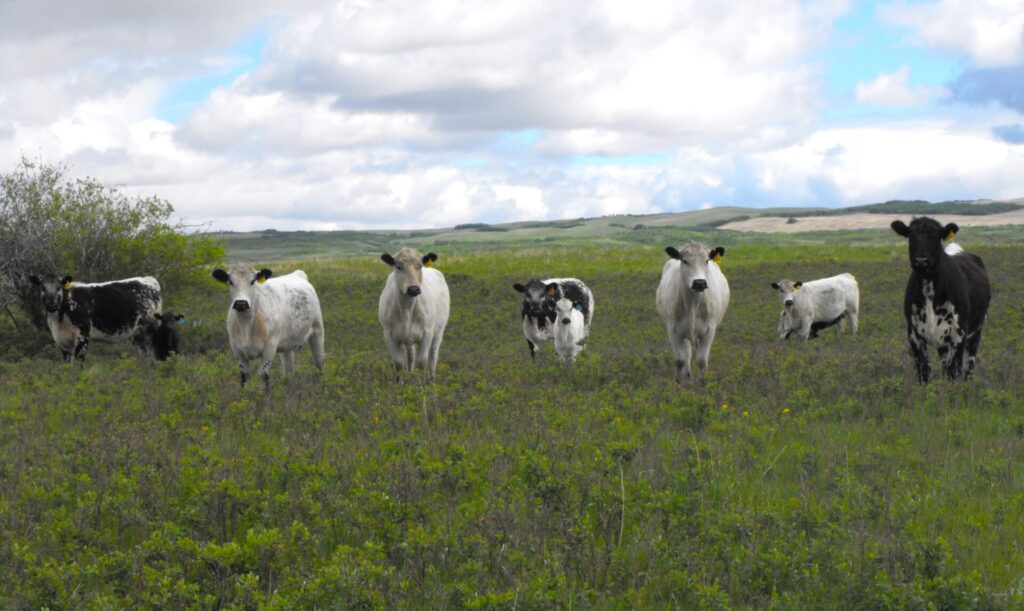
May 25, 2023BCRC Announces $2 Million in Funding for 12 Beef Research Projects Industry funding will be leveraged with over $4 million in matching funding through...
Keep Reading -
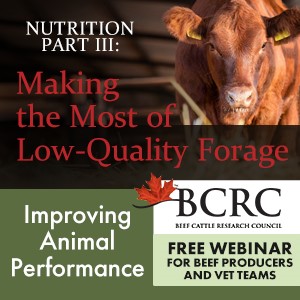
November 10, 2022*Upcoming Webinar* Nutrition Part 3: Making the Most of Low-Quality Forage -- Tips for Improving Animal Performance Whether forage supplies are limited, or an...
Keep Reading -
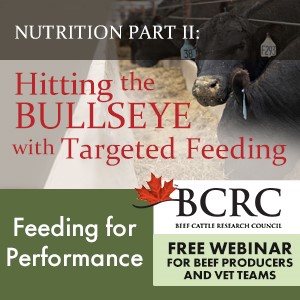
October 6, 2022*Upcoming Webinar* Nutrition Part 2: Hitting the Bullseye with Targeted Feeding – Feeding for Performance You have your feed test results, now what? This...
Keep Reading -
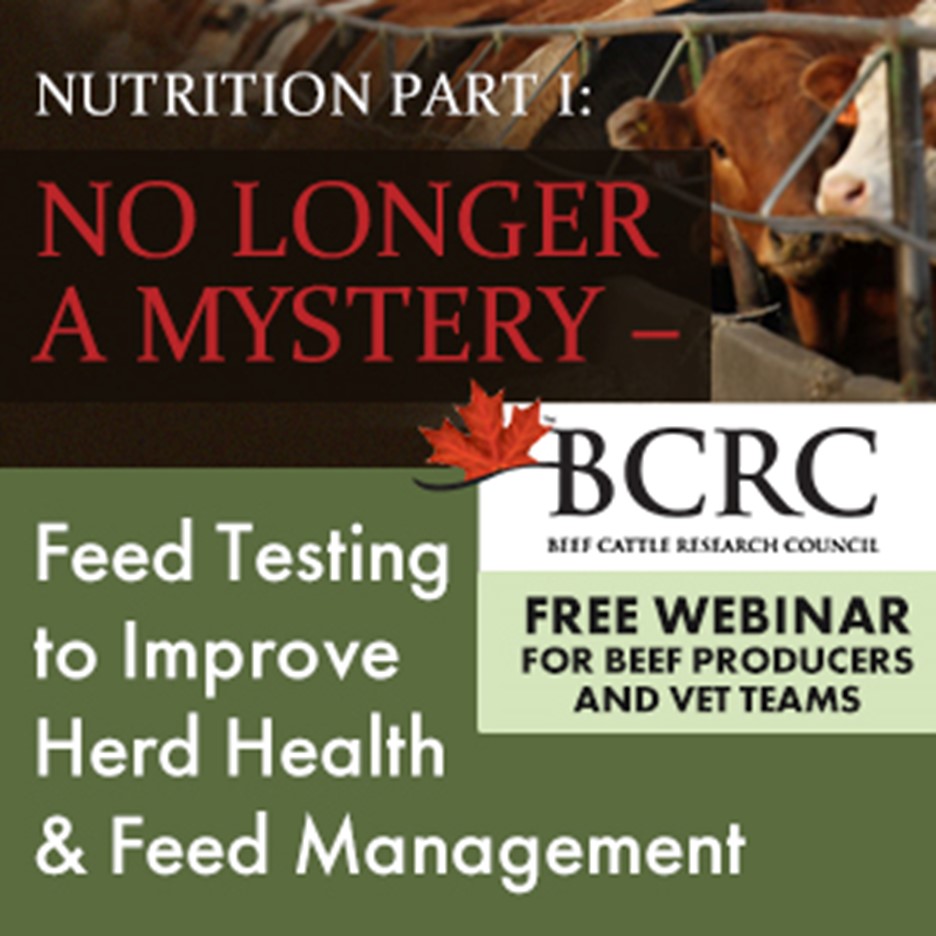
September 14, 2022*Upcoming Webinar* Nutrition Part 1: No Longer a Mystery -- Feed Testing to Improve Herd Health and Feed Management Feed testing is an important tool when tackling...
Keep Reading -
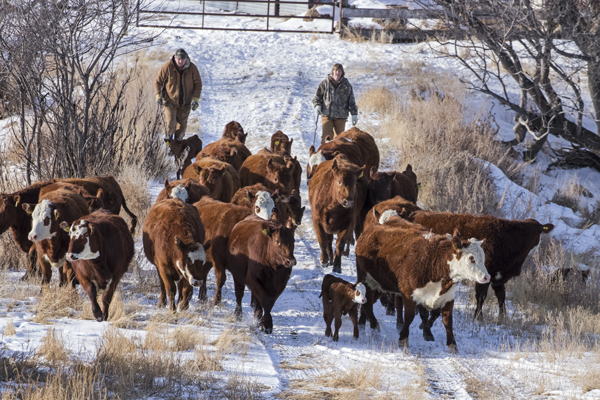
February 14, 2022Cut Costs Carefully This article written by Dr. Reynold Bergen, BCRC Science Director, originally appeared in the February 2022 issue of Canadian...
Keep Reading -
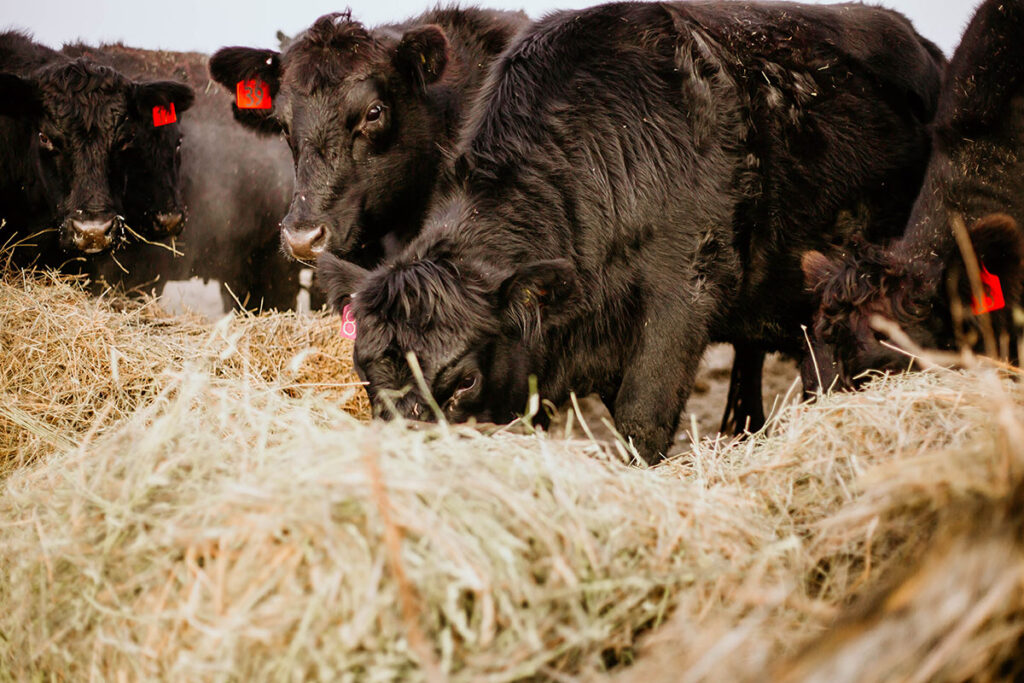
December 20, 2021Feeding Decisions Are Important Breeding Decisions This article written by Dr. Reynold Bergen, BCRC Science Director, originally appeared in the...
Keep Reading -
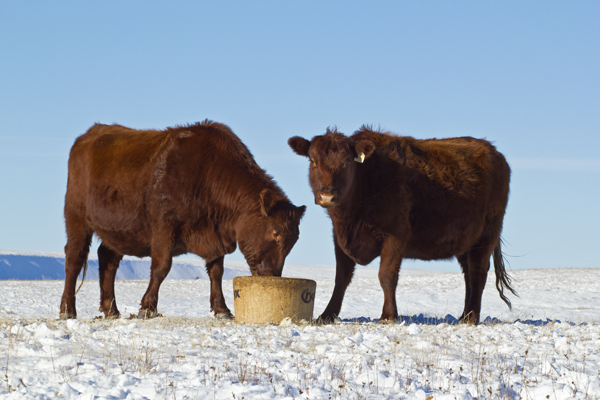
December 2, 2021Be Mindful of Minerals What mineral supplementation do I need and when do I need it? Beef producers might know they should supplement their herds...
Keep Reading -
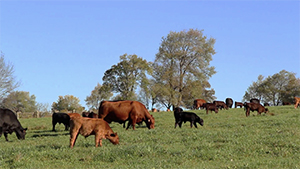
November 25, 2019Plan to Adapt When Grazing Adaptive grazing herd management applies to grazing practices that are developed with careful consideration to the specific...
Keep Reading -
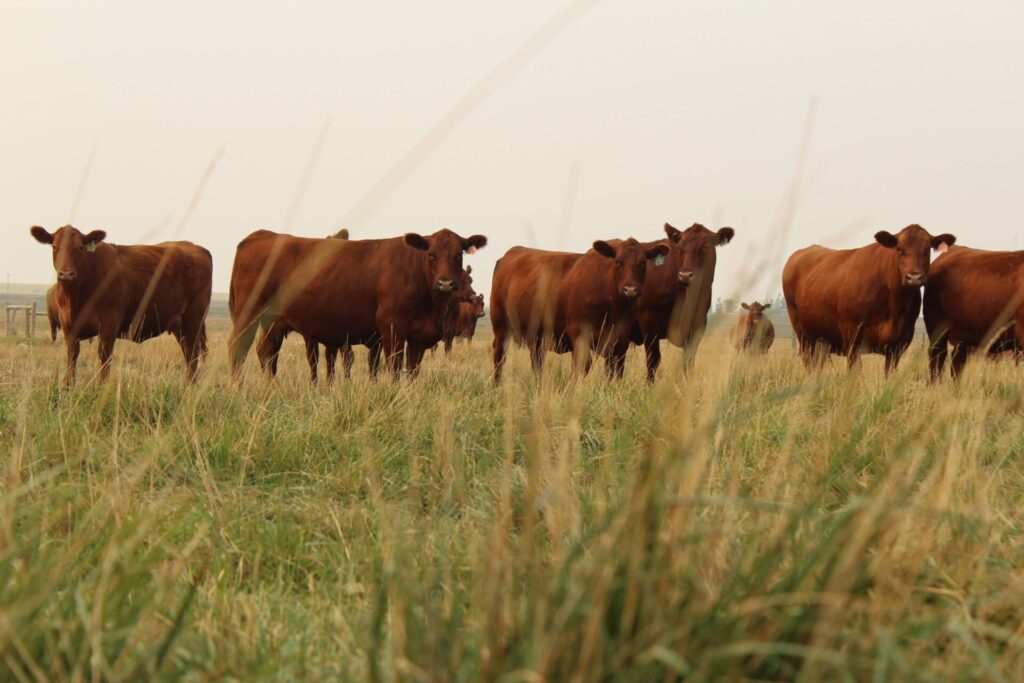
November 6, 2019Supplementing your cow herd: Managing the pregnant cow for better calf performance. Webinar November 21 Missed this webinar? Watch the recording here....
Keep Reading